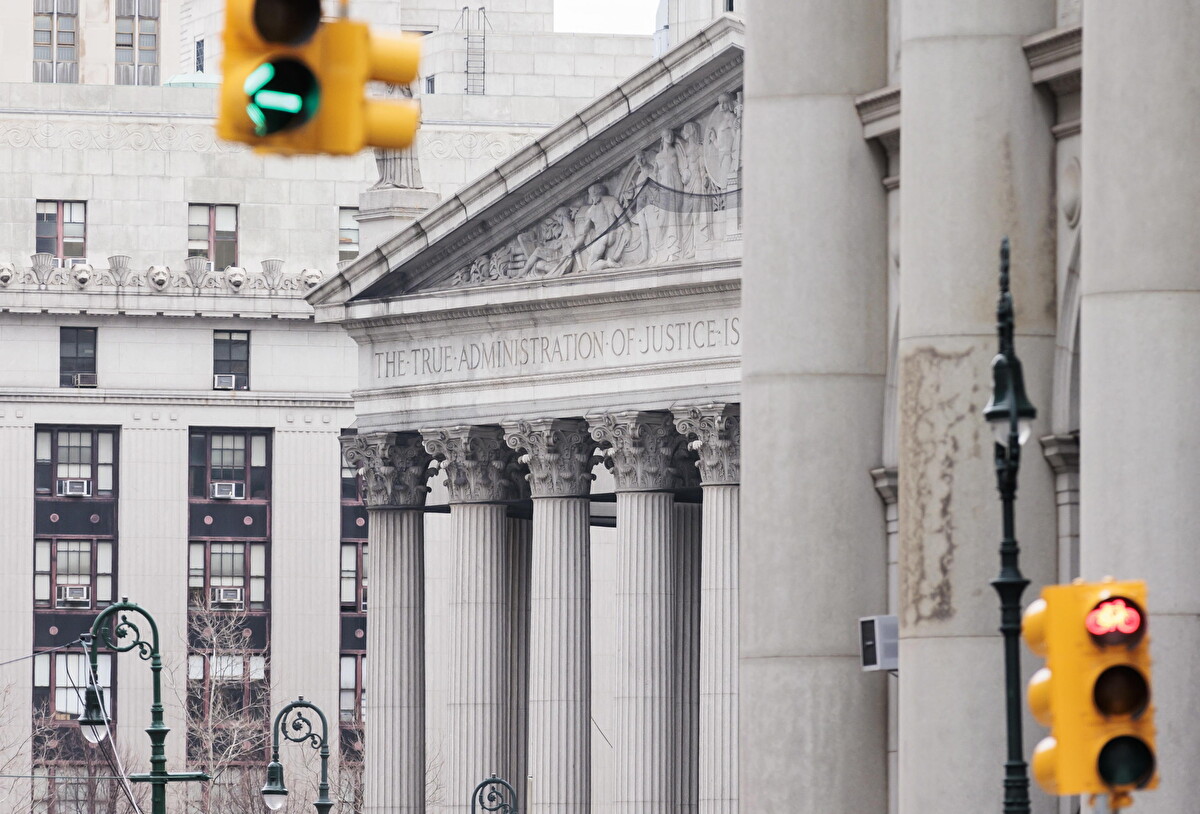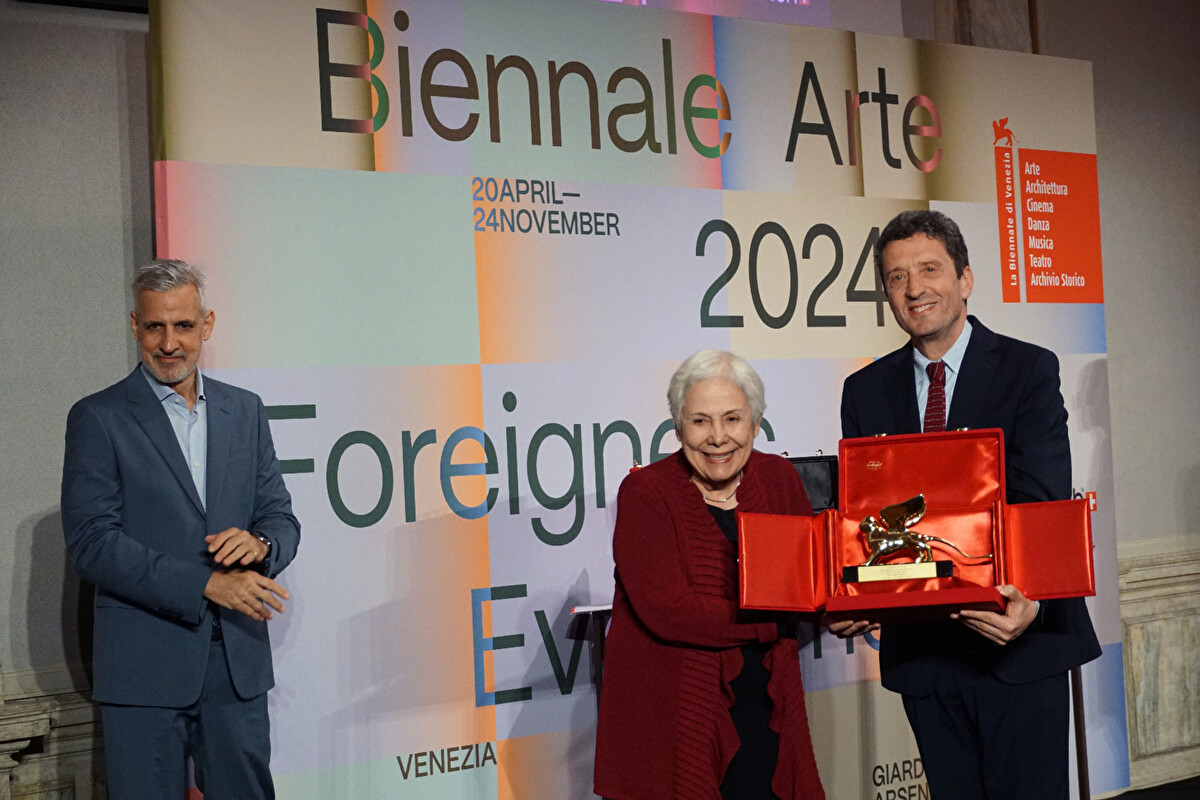I’m a long time New York resident who has been driving in the city for work for more than thirty years. As such, you would imagine that I am livid at the idea that soon the new speed limit in all five boroughs is going to be 20 mile per hour. Twenty? That is 32 kilometers per hour, practically a snail’s pace. How is that possible in a city that never slows down? How is that acceptable in a metropolis known for always moving as if on steroids?
Everything is fast in the NYC. People walk, run, and bike fast; they live a fast lifestyle; they try to advance fast in their careers. In New York we don’t stroll; we march down the street always with the sense of being on a mission. That’s why we have a hard time with tourists: they walk slowly side-by-side occupying the entire sidewalk. An annoyance for people who feel they have no time to waste. On escalators New Yorkers don’t stand still, they occupy the left “fast lane” and keep walking to shave off a couple of seconds to get to the top or the bottom. Even crossing the street is a matter of speed: New Yorkers step off the curb ready to walk across on a red light, as soon as there is a break in the flow of cars. New Yorkers are an impatient bunch and slowing down is not in their DNA. And yet, here is a new proposal, soon to become law, to further lower the speed limit from the current limit of 25 miles per hour to 20. For fifty years — from 1964 until 2014 — the maximum speed allowed in New York City was 30 miles per hour.
The new law is nicknamed Sammy’s Law, named after Sammy Cohen Eckstein who died in Brooklyn at the age of 12, when a van hit him. I don’t know the circumstances, but I don’t think they matter: when vehicles move slower, there is no question that motorists have more time to react and streets are safer. But allow me for the time being to digress from the safety issue and focus on the rules and options that in the past ten years or so have changed the face of mobility in New York City.
We have miles and miles of bicycle lanes that only a few years ago did not exist. There is an ever-growing number of bike-sharing stations. Cross-town buses now operate with off-board fare payment machines to move riders in and out faster. Water taxis and ferries are now connecting all five boroughs through river services. Congestion pricing is about to go into effect with a double intention — to discourage drivers from entering the area of Manhattan south of Sixtieth Street, and financing the public transportation network. And now a new speed limit will slow down the flow of cars in every part of the city.
All these interventions together have been the equivalent of New York going for plastic surgery. The face of the city has changed dramatically, but fortunately without the downsides of unnatural smiles, duck lips, and asymmetric eyes. New York might not yet look any prettier, but she is definitely on the right track.
How does this transformation impact drivers like me? I’m all in support of what has been happening. Congestion pricing will be a big deterrent from using my own vehicle to drive around: at 15 dollars a pop, the math is no longer in favor of driving through midtown. The new speed limit will make it virtually impossible to run a red light or even cross on a yellow light because the tolerance is very limited.
I’ve already received my first speeding ticket. A $50 fine for moving 11 miles above the speed limit not far from my apartment. It is the first speeding ticket I ever got within New York City. Decades of driving here and the first summons was in early April. Whenever possible, my alternative to driving is not the subway but the bike sharing network. I am the proud member of a Citibike account and enjoy the liberating feeling of moving around on two wheels. I am in favor of more bike lanes, not fewer, even though for the last few years motorists have been complaining that the number of car lanes have shrunk in favor of bike lanes.
I don’t live at a location where water taxis and ferries come in handy, but I rejoice in the idea that our waterways have become part of the MTA (Metropolitan Transportation Authority) public transportation network. I wish I could walk out of my home and rely on the Hudson River or the East River to take me places. Less romantic and charming, but nonetheless practical, has been the addition of buses that don’t require validating the fare onboard. It was a time-consuming process. One by one, passengers would get on the bus in single file in the front, punch their ticket while the conductor waited for everyone to be on board and have paid the fare. The MTA introduced the new curbside payment method online on buses traveling from East to West and vice versa. The results have been astounding. Buses that were perpetually slow can now move at a much faster speed.
The reaction of of New York City residents reading this article might be that the traffic continues to be maddening. For sure the number of Uber and Lyft cars, in addition to Yellow Cabs, is not making thing easier. But that’s the whole point. Slow everyone down to the point where traffic will turn into a constant slow flow. Does the MTA have the ultimate answer to the problem? No, but I love living in a city that at least is trying different approaches and solutions.
The next step? Work on pedestrians. New Yorkers are highly undisciplined and color-blind. A red light is interpreted as nothing more than a suggestion not to cross. Will someone try to tame them?












